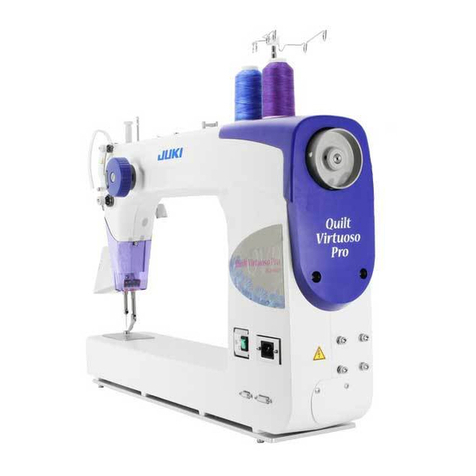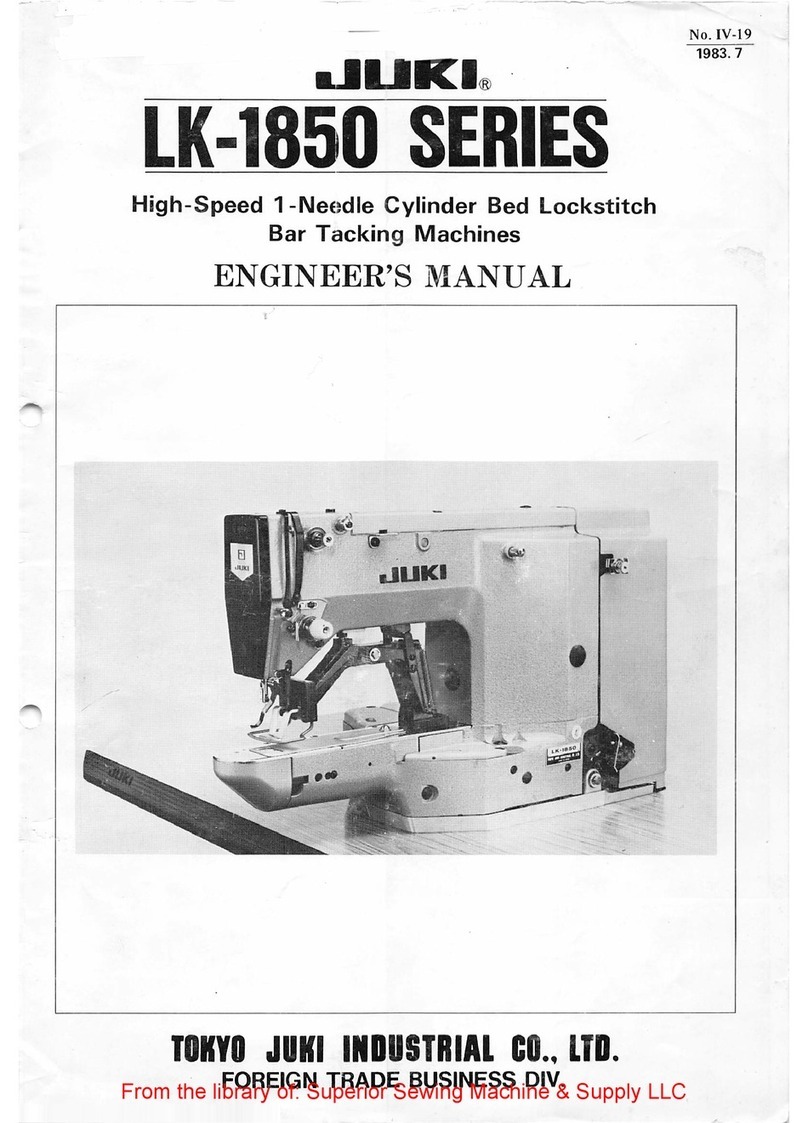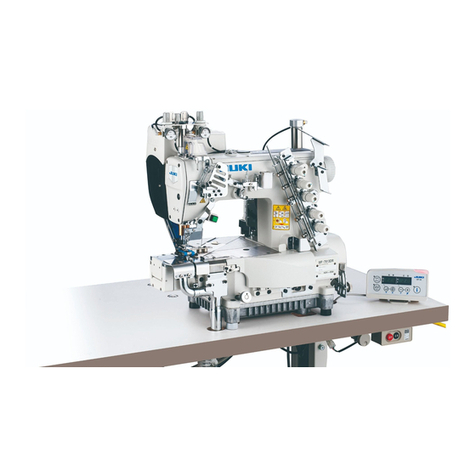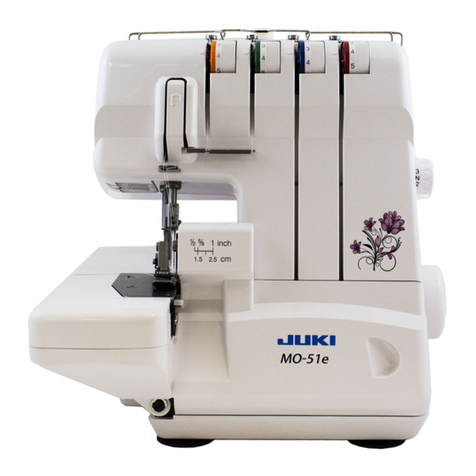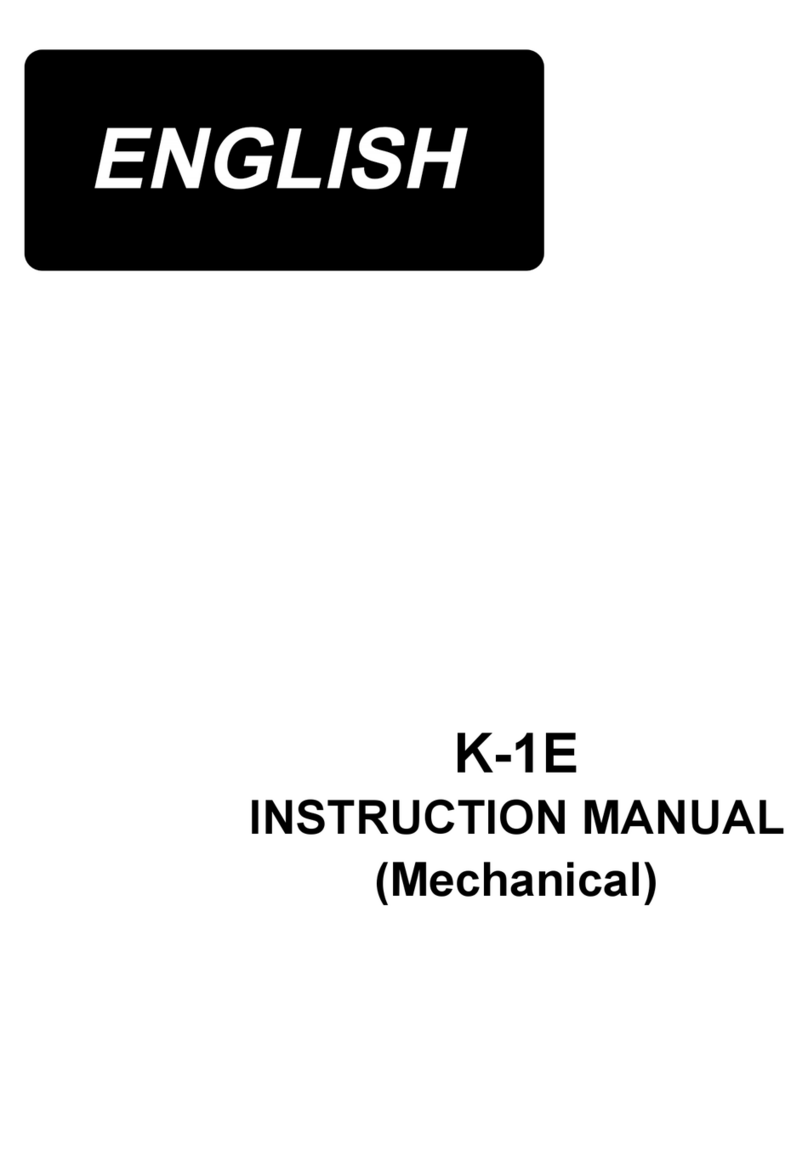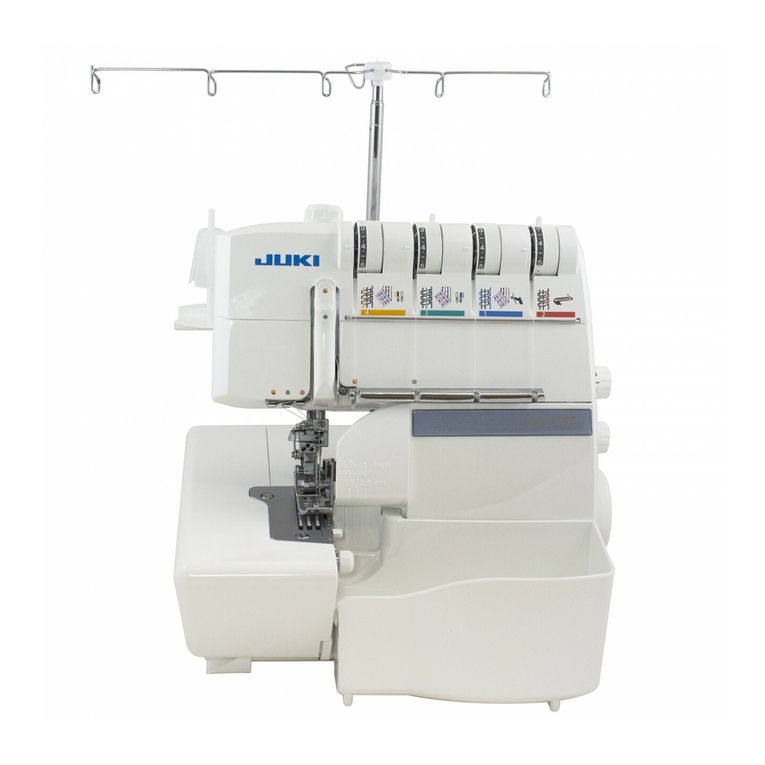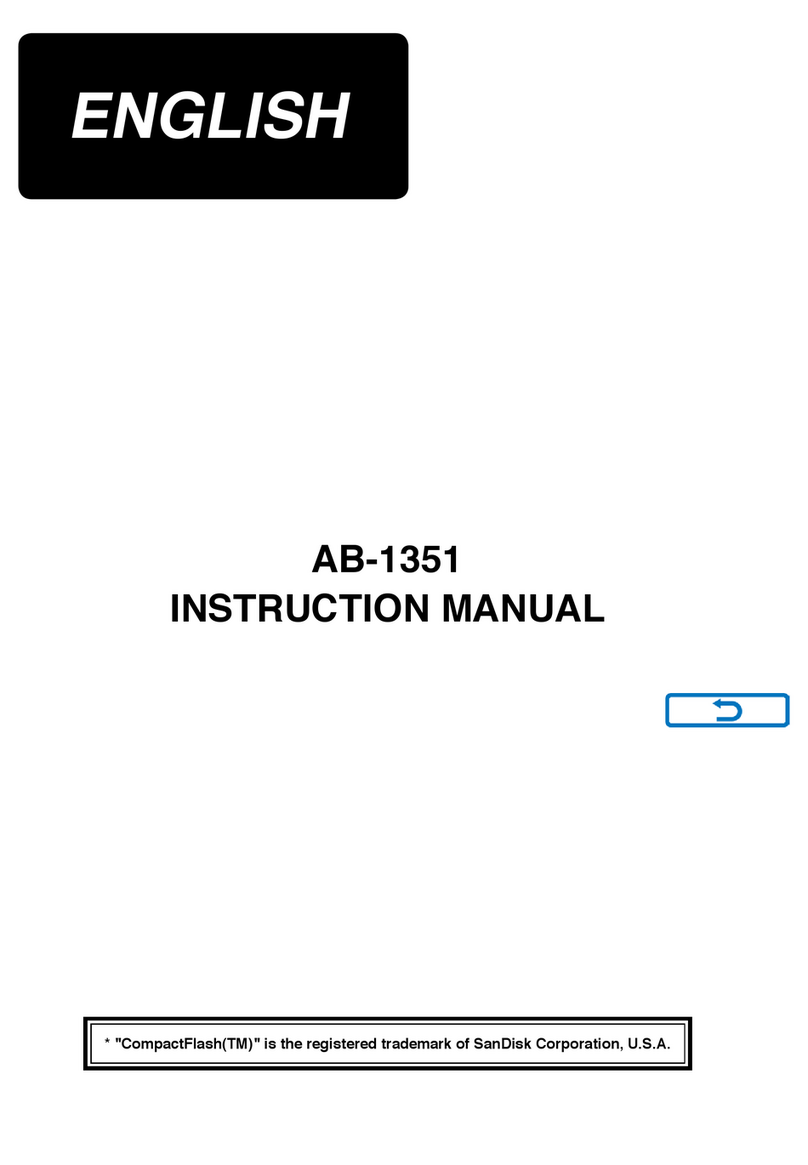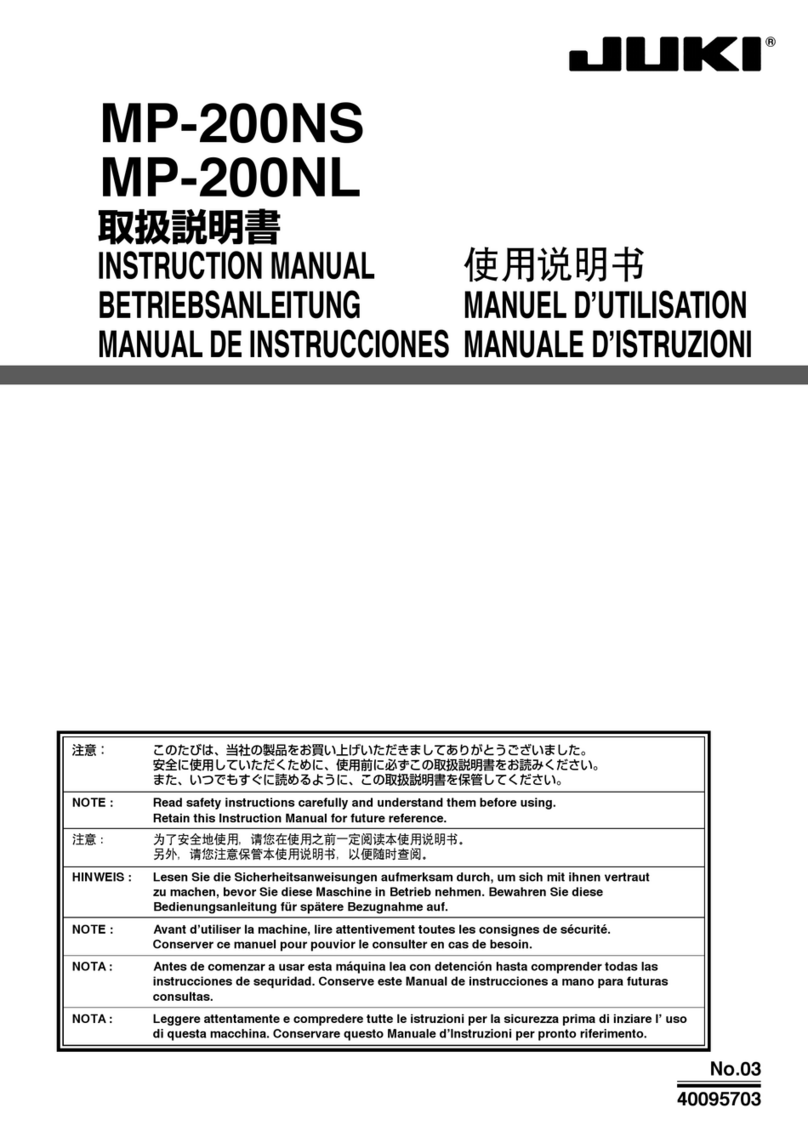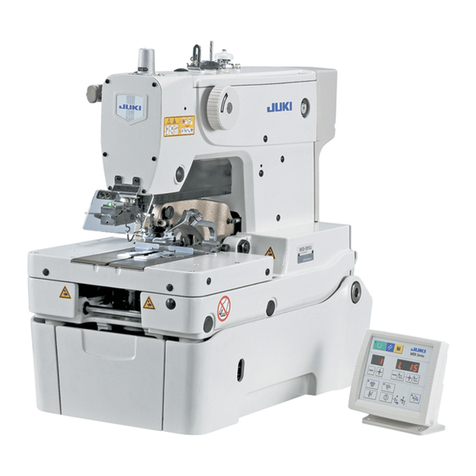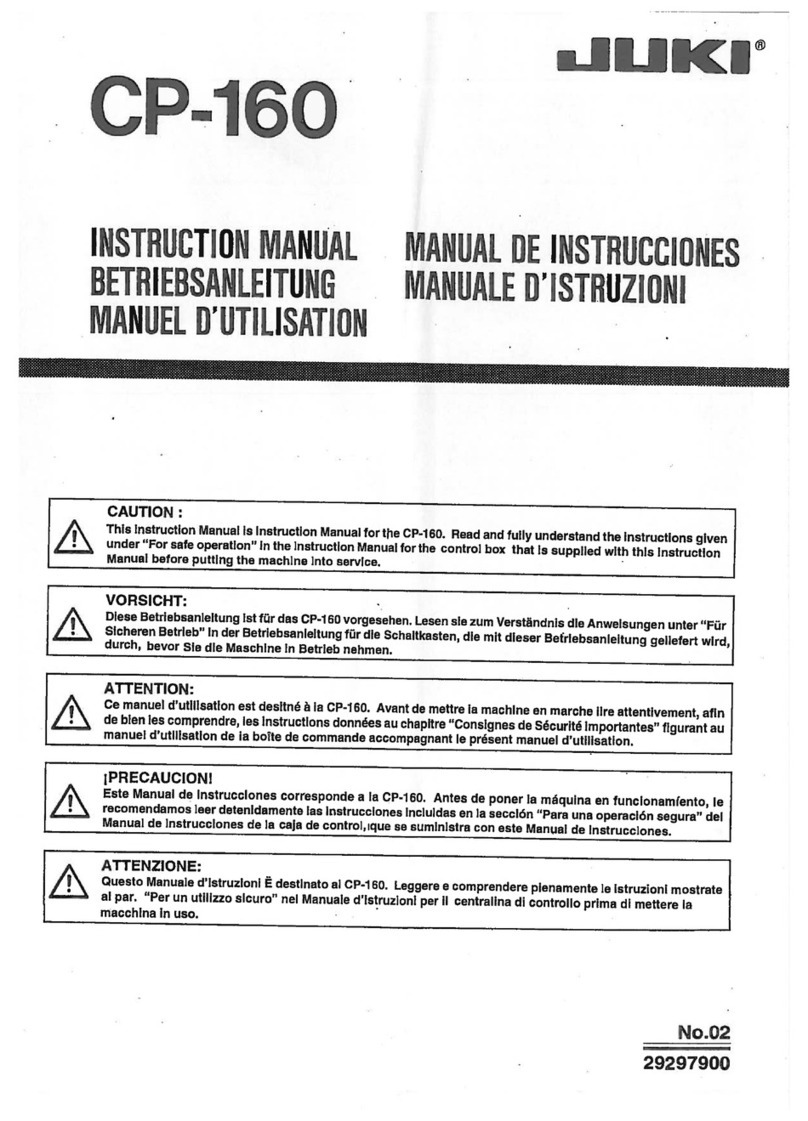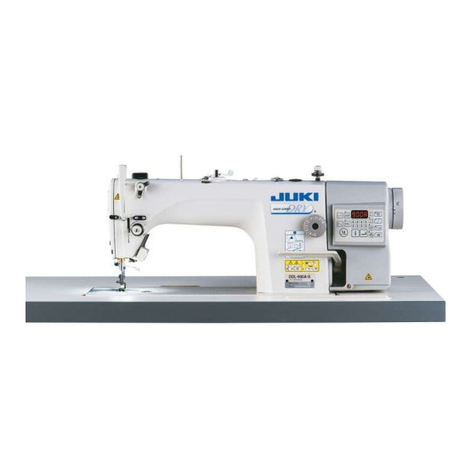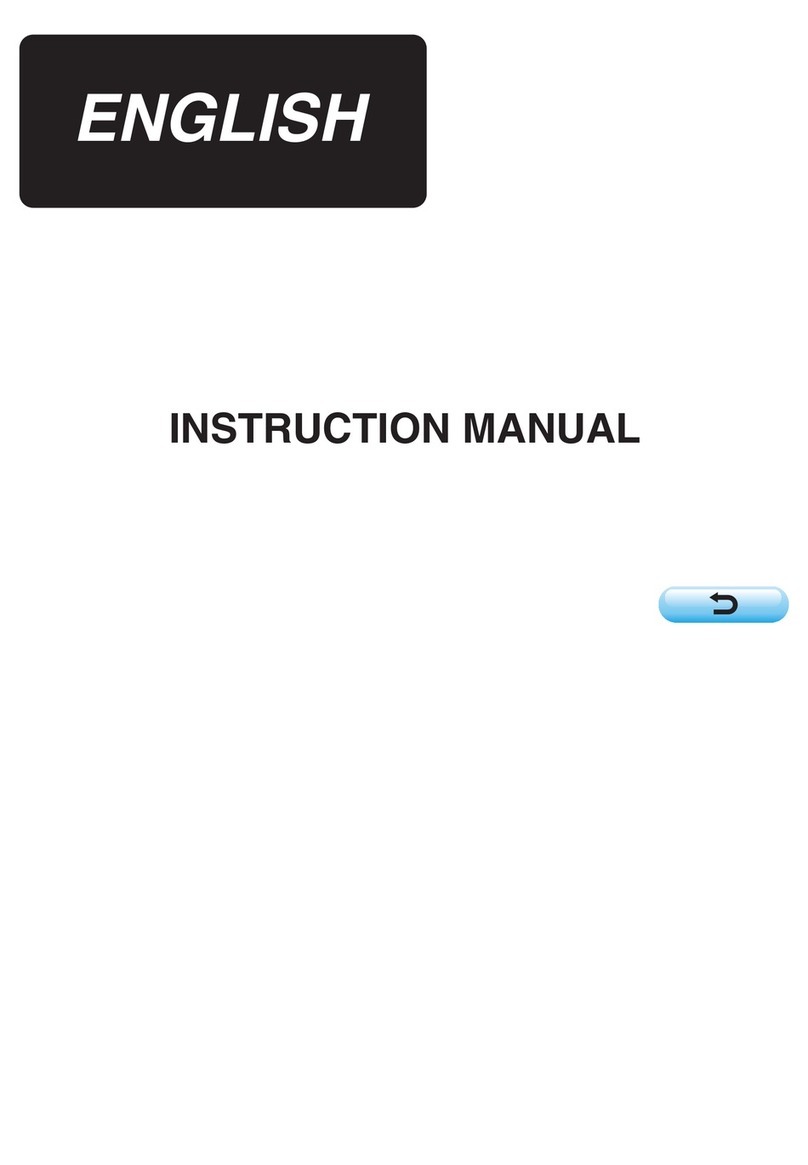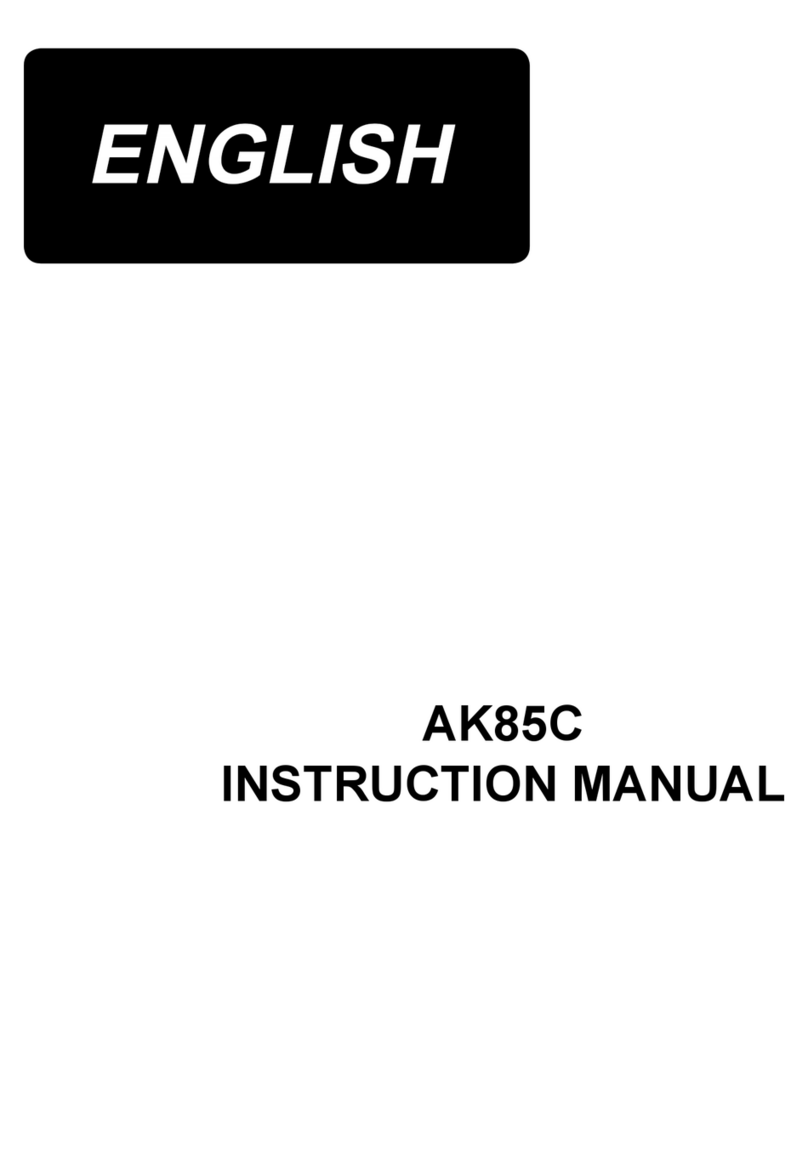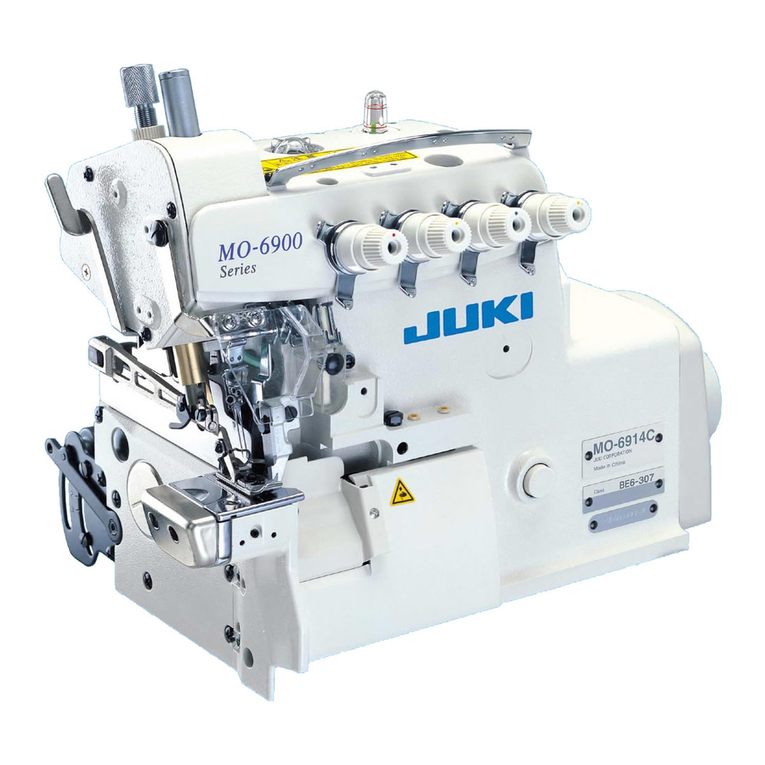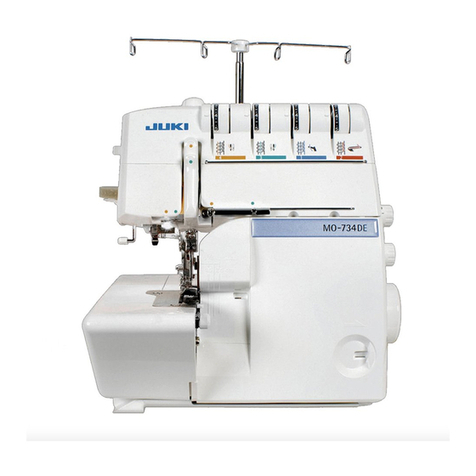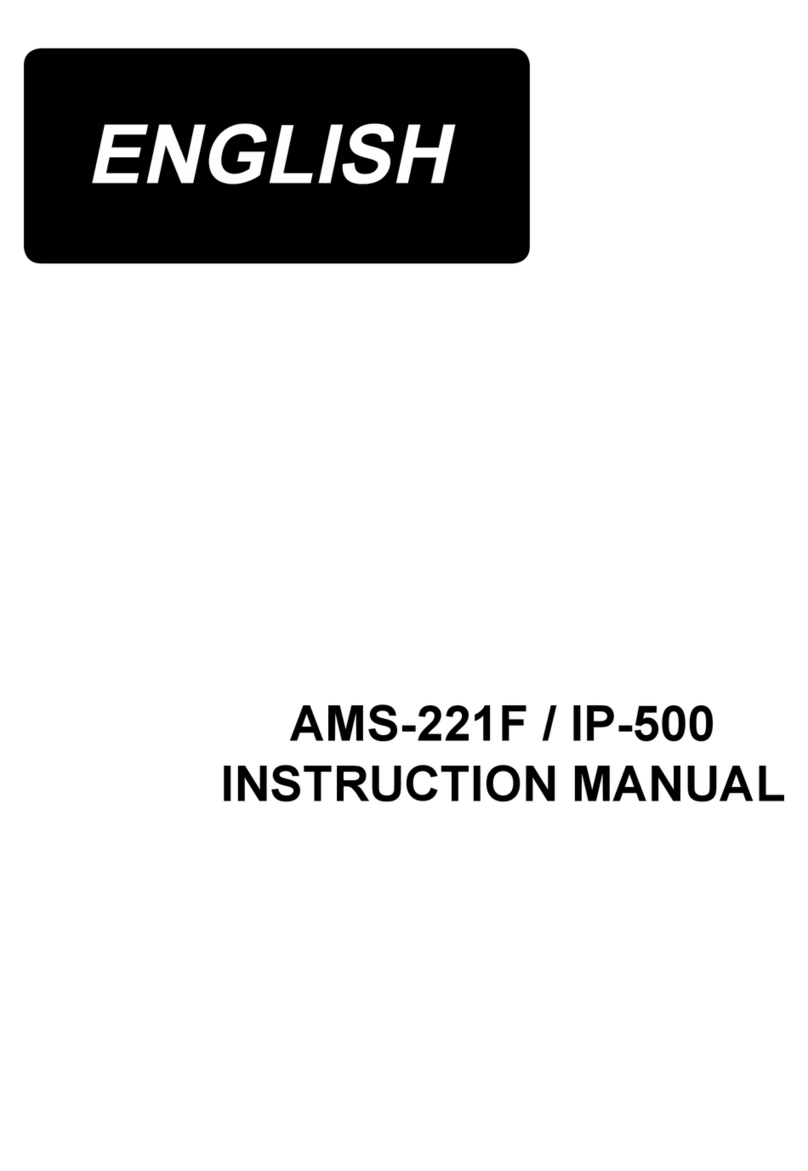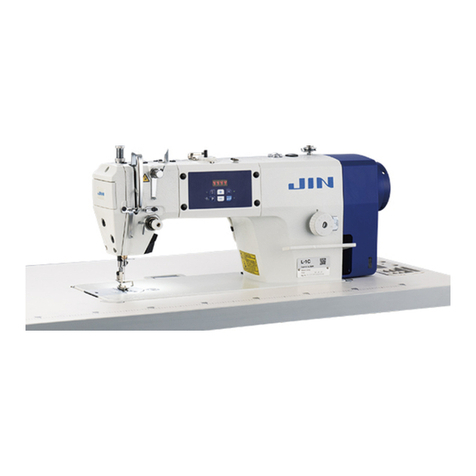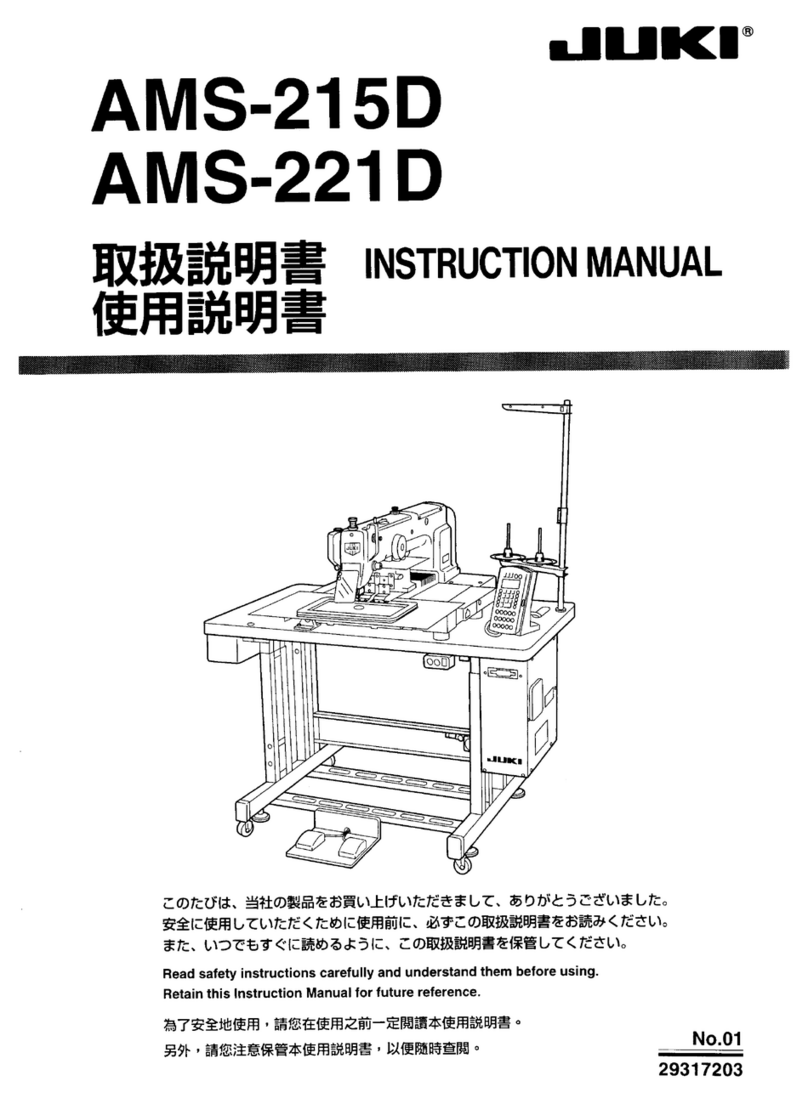
ii
2-8. Changing item data......................................................................................................................40
2-9. Performing modication of needle entry point ......................................................................... 42
2-10. Setting the AUTOMATIC/STEP .................................................................................................. 43
2-11. How to change the setting position..........................................................................................44
2-12. How to use temporary stop.......................................................................................................45
(1) To continue performing sewing from some point in sewing ........................................................ 45
(2) To perform re-sewing from the start............................................................................................46
(3) Re-starting the setting operation................................................................................................. 47
2-13. Lowering the presser.................................................................................................................48
2-14. Stacker operation (taking out the material)............................................................................. 49
(1) Taking out the material from the stacker .................................................................................... 49
(2) Adjusting the stack-full sensor ....................................................................................................49
2-15. Using counter.............................................................................................................................50
(1) Setting procedure of the counter ................................................................................................50
(2) Count-up releasing procedure ....................................................................................................52
(3) How to change the counter value during sewing ........................................................................52
2-16. Performing new register of users’ pattern............................................................................... 54
2-17. Naming users’ pattern ...............................................................................................................55
2-18. Performing new register of pattern button.............................................................................. 56
2-19. LCD display section at the time of pattern button selection ................................................. 57
(1) Pattern button data input screen................................................................................................. 57
(2) Sewing screen ............................................................................................................................59
2-20. Performing pattern button No. selection ................................................................................. 61
(1) Selection from the data input screen ..........................................................................................61
(2) Selection by means of the shortcut button.................................................................................. 62
2-21. Changing contents of pattern button.......................................................................................63
2-22. Copying pattern button .............................................................................................................64
2-23. Changing sewing mode.............................................................................................................65
2-24. LCD display section at the time of combination sewing........................................................ 66
(1) Pattern input screen....................................................................................................................66
(2) Sewing screen ............................................................................................................................68
2-25. Performing combination sewing ..............................................................................................70
(1) How to create new combination data.......................................................................................... 70
(2) How to add combination data .....................................................................................................71
(3) Deleting procedure of the combination data ...............................................................................72
(4) Deleting procedure of the step of the combination data .............................................................72
2-26. Using the simple operation mode ............................................................................................73
2-27. LCD display when the simple operation is selected...............................................................74
(1) Data input screen (individual sewing) .........................................................................................74
(2) Sewing screen (individual sewing)..............................................................................................77
(3) Data input screen (combination sewing).....................................................................................80
(4) Sewing screen (combination sewing) .........................................................................................82
2-28. Changing memory switch data.................................................................................................84
2-29. Using information ......................................................................................................................85
(1) Observing the maintenance and inspection information.............................................................85
(2) Releasing procedure of the warning ...........................................................................................86
